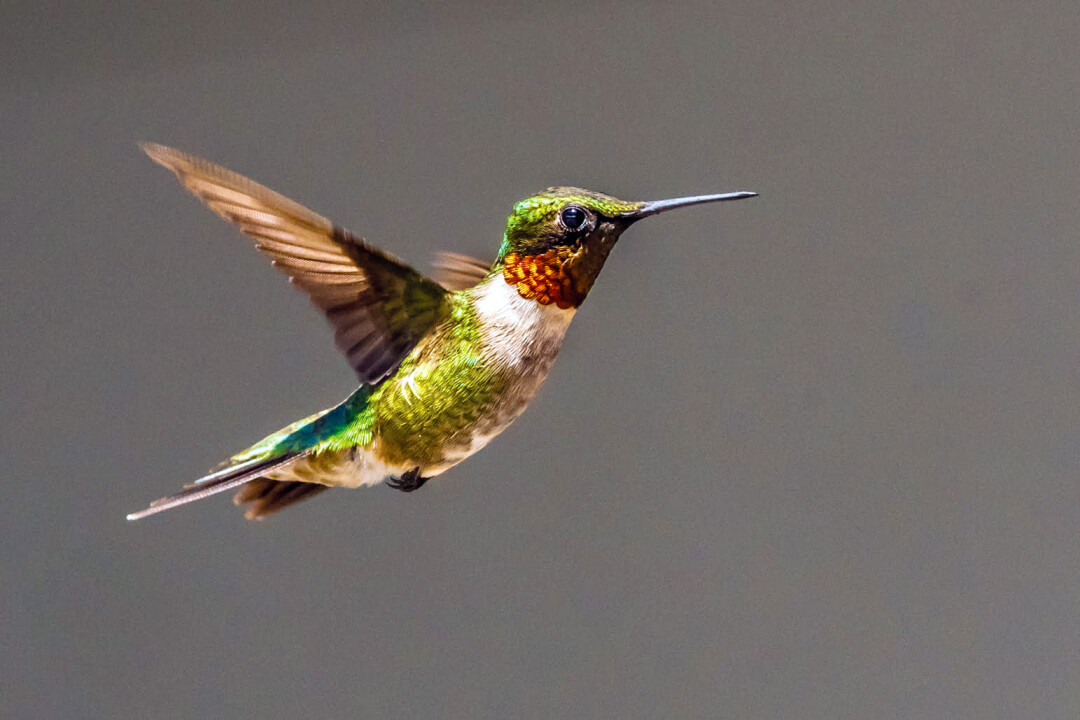10 Signs of Spring in Wiscosnin
These are the first plants and animals you can spot in Wisconsin this spring
As the sun warms the air and the earth, all sorts of greens and critters will begin to make an appearance in the Chippewa Valley. March and April will welcome birds back from the South, and new growth will peek up from under the snow. Start a scavenger hunt for these plants and animals to help the kids learn how to be aware of their natural environment.
1. Skunk Cabbage

This low-lying green is the first plant to flower each year in Wisconsin, some emerging as early as mid-February. They can be found in places where the ground remains moist throughout the year. They first come out of the snow as purple-brown, vaguely pear-shaped structures called a “spathe,” and eventually bloom into a green leafy plant. They emit a stinky smell, earning them the “skunk” moniker.
2. Eastern Bluebird

This red-throated, blue-winged critter can be found in Wisconsin throughout the year, but local sighting opportunities will grow in early March with the return of migratory birds. By early April, the number of new birds will reach its peak.
3. Spring Beauty

Five tiny purple petals make up this 8mm bloom that pops up in the spring. Several flowers can grow from each stem. The delicate plants average 3-6 inches tall, giving younger hunters an advantage in finding them. Look for these in dry woodlands, city parks, old cemeteries, or in your own lawn.
4. Red-winged Blackbird

A splash of scarlet on the wings of this blackbird catches the birdwatcher’s eye. The red-winged blackbird returns to the Chippewa Valley between March 13-19. Females, on the other hand, are actually brown, with handy camouflage.
5. Trillium

Trillium flowers each have three spade-shaped leaves and three white petals. They arrive in the spring, after the snow has melted in late March-April. Avoid picking these delicate flowers, or you might prevent them from blooming next year.
6. Ruby-throated Hummingbird

Early May heralds the return of the busy ruby-throated hummingbird. They’re hard to catch sight of, speeding from plant to plant, but their iridescent feathers make them a treat to behold. Look for long beaks and quick wings – the males have a brilliant red throat, while females are colored more neutrally.
7. White-tailed Deer Fawns
Keep an eye out for the little speckled fawns as the snow melts. White-tailed does usually drop their foals between late April and early July. When born, the little guys weigh only about 6-8 pounds, and they sport white spots on their backs until they’re 3-4 months old.
8. Sandhill Crane

Sandhill Cranes return to Wisconsin in the spring to pair off and nest. They lay one or two eggs, which usually hatch in mid-May. These birds have wingspans of 6-7 feet, but only weigh about 8-11 pounds.
9. Wood Frogs
As soon as the water unfreezes, listen for wood frogs. They’ve got great camouflage, with spots and stripes in earthy browns and greens that help them blend in with forest floors.
10. Dandelions
An easy-to-spot sign of warmer weather, these yellow blooms burst forth with a fury in the spring. Find dandelions on lawns, creeping up between sidewalk slabs, and pretty much everywhere!
This list was compiled with help from Ruth Forsgren, a naturalist at Beaver Creek Reserve in Fall Creek. For more information, visit beavercreekreserve.org.




















